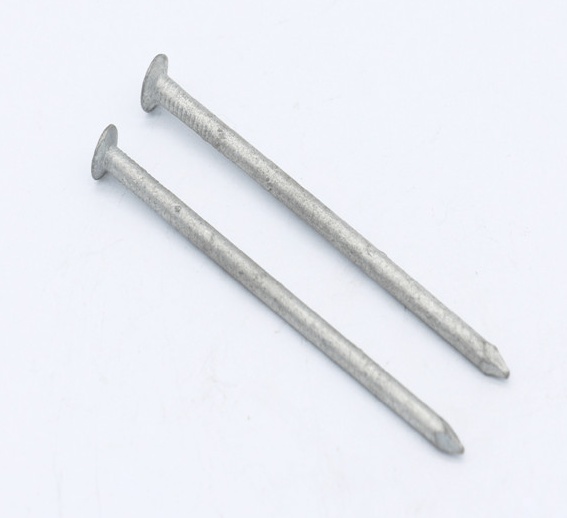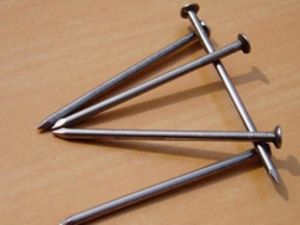In recent years, as the degree of mechanization of wheat harvesting operations has increased, the way in which wheat straw is directly returned to the field has become increasingly common. However, many farmers have reported that because of the numerous links in the actual operation of harvesting and tumbling wheat stalks, it is too much trouble, and the summer harvesting and summer farming is too tight. Some technical requirements are not understood, and they are not in place. some problems. Often, some of the links are not well done, which will cause a great impact on the cultivation of the sorghum corn. The lighter seedlings are not uniform, and the heavy ones are reduced. In summary, the following three types of problems often occur: First, the yellow seedling problem is easy to occur in the summer maize seedling stage; secondly, the corn mass after returning to the field has a higher risk of pests and diseases; third, the seeding quality is poor, such as seedlings. Uneven and uneven. To this end, experts stressed that in order to reduce the negative impact of direct return of wheat straw to summer maize planting, the following five technical issues should be addressed: The first is straw back pressure time and water management. It can be ploughed while harvesting, using more water when harvesting, and timely ploughing is conducive to decomposing. Soil moisture status is an important factor in determining the rate of decomposing wheat straw. In the water management, if the soil moisture is poor, it should be immediately irrigated after ploughing; and if the sensation is good, it should be kept under pressure to promote the soil compaction, in order to facilitate the water absorption and decomposition of the straw. The second is to supplement the accelerated nitrogen fertilizer. Because the carbon-nitrogen ratio of wheat straw is very wide, it is generally 80:1; if the quick-acting nitrogen fertilizer is not added, the microbes will compete with the seedlings for the rapid growth of nitrogen in the process of decomposing wheat straw, thus affecting the normal growth of seedlings. The application rate of nitrogen fertilizer can be adjusted to a ratio of carbon to nitrogen of about 30:1. According to the dried straw, 100 kg of straw should be added with 3 to 5 kg of pure nitrogen. In addition to nitrogen fertilizer, it is also possible to increase the application of superphosphate to increase nutrients, accelerate decomposing, and improve fertilizer efficiency. The third is the problem of continuous depth and uniform mixing of straw. The straw is chopped, ploughed into the soil and buried to a depth of about 20 cm. The straw should be chopped and the length of each segment should not exceed 10 cm. After ploughing into the soil, it is necessary to cover the soil, suppress it, and prevent it from running. This will not only accelerate the decomposition of the straw, but also affect the emergence of the shovel after sowing. The fourth is to control the amount of burying of wheat straw. Calculated by air-dried straw, it should not exceed 500 kg/mu. If too much straw is overturned, it will affect the quality of summer corn. Fifth, for wheat fields that have just had pests and diseases, when planting summer corn, the seeds should be coated with techniques to prevent the damage caused by soil-borne diseases caused by wheat straw. In wheat fields with serious pests and diseases, wheat straw should not be directly returned to the field, and high-temperature compost can be used to kill the pests and return to the fields. In short, the direct return of straw to the field can not only increase soil organic matter, but also return the potash that is urgently needed in the field. However, if the operating technology is not in place, it will not only reduce the yield of the squat crop, but also contribute to the loss of valuable “green water†in the ploughed soil. Therefore, it is necessary to follow the technical essentials of returning straw directly to the field in order to achieve the effect of improving the efficiency of recycling agriculture and enhancing the sustainable production capacity of the land.
Common Nails:
Common nails are the most commonly used type of nails. These nails have a thicker and larger shank than that of the box nails. In addition, common nails are also shown as a wide head, a smooth shank and a diamond-shaped point. Workers like to use common nails for framing, carpentry, wood structural panel shear walls and other general indoor construction projects. We can produce all sized of common wire nail: polished common wire nails, electro galvanized common nails and hot-dipped galvanized nails. The diameter we offered BWG19 - BWG5. The quality very good, export all of the world. Size and packing according to your requirement.
APPLICATION:
Wood construction.
Common Nails,Electro Galvanized Common Nails,Hot-Dipped Galvanized Common Nails,Polished Common Nails HENGSHUI YUZHENG IMPORT AND EXPORT CO., LTD. , https://www.ironnailwiremesh.com
After wheat harvest, the best way to deal with a large amount of wheat straw is to use farmland resources. The straw is returned to the field, which not only adds potassium to the crops, but also accelerates the process of soil fertility. A large amount of smashed straw is buried in the soil to decompose, which can promote microbial reproduction and metabolic activities, and the result will accelerate the soil. The decomposition and synthesis rate of organic matter makes the soil organic matter renewed, which is a constructive measure to improve the basic fertility of farmland.
Cabinet work.
Furniture finishing.
Bamboo device.
Ordinary plastic.
Wall moulding.
Packaging boxes.



Be wary: the negative impact of wheat straw returning on summer maize
Total 1 | <First <Prev 1 Next> Last> |
share to: